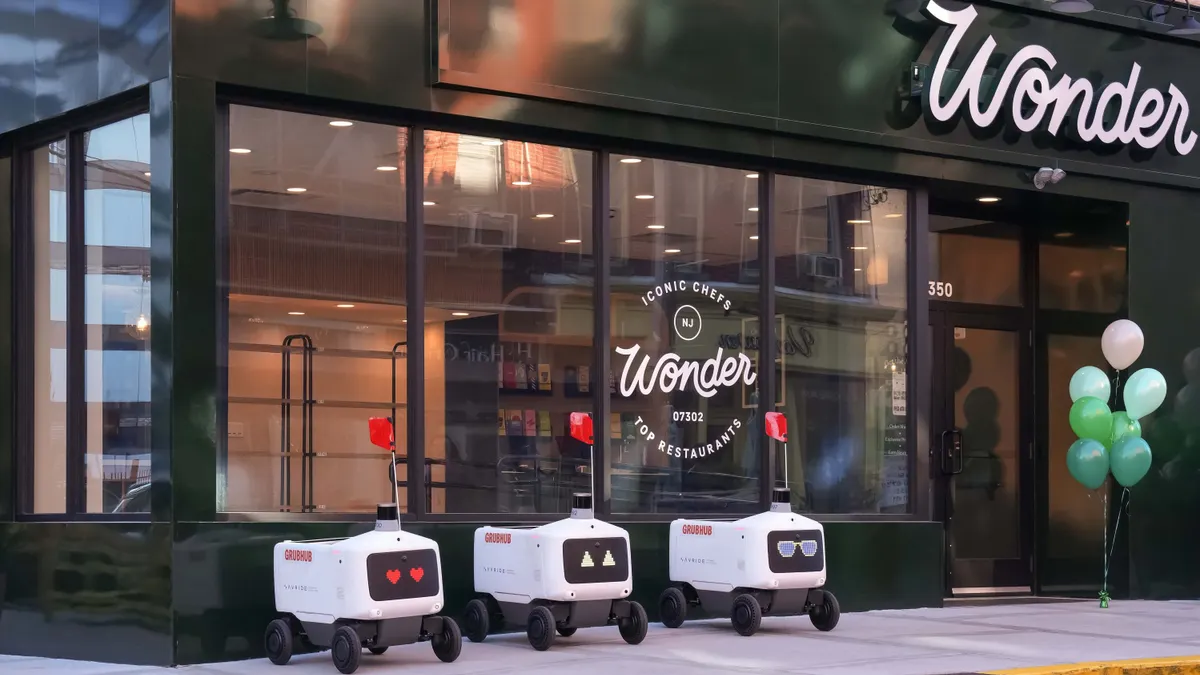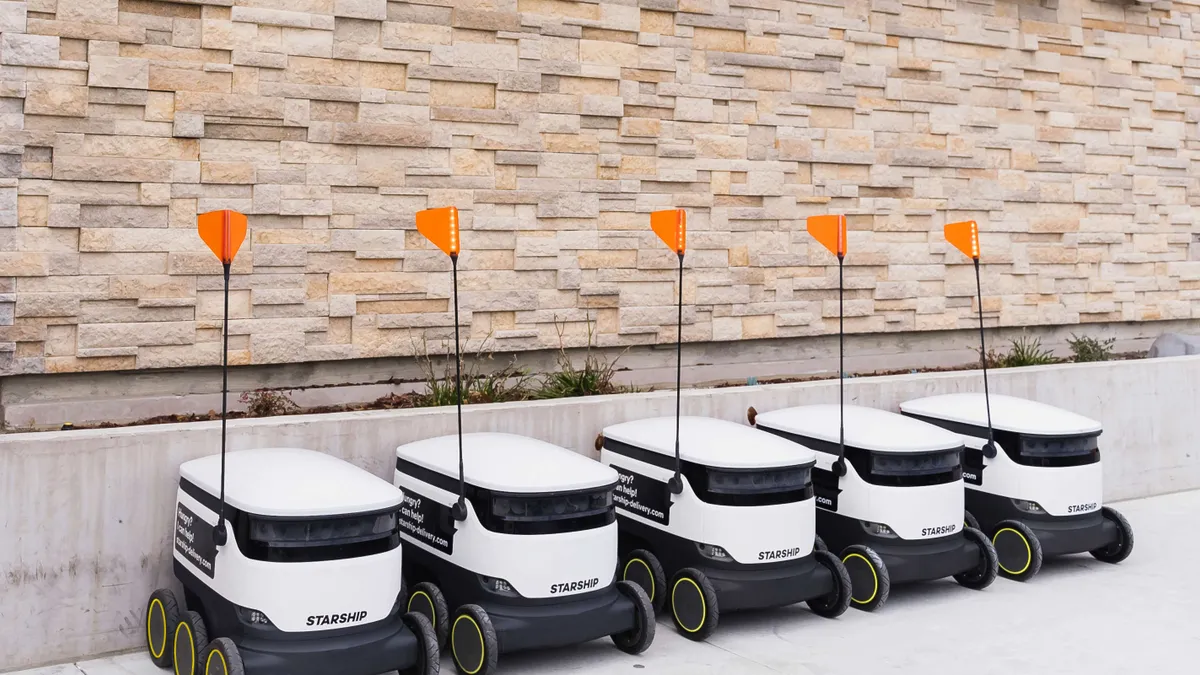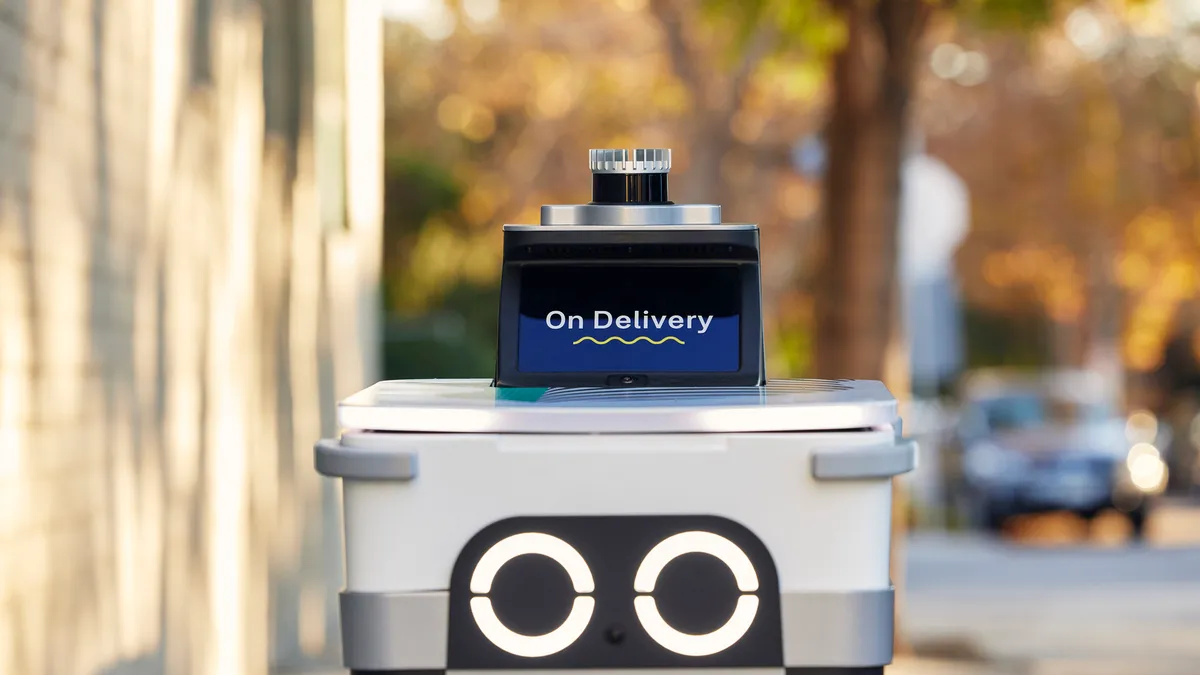Regional hot dog chain Dog Haus is planning to expand nationwide, but some of its newest locations won’t have a dining room or bar. Instead it’s using virtual kitchens, or a kitchen devoted to off-premise sales without a dining area, to grow its delivery footprint. Through a partnership with Kitchen United, it plans to set up shop in 25 of the next shared kitchens the virtual kitchen operator will open by the end of 2020. The company also is currently expanding from 30 to 60 locations and the shared kitchens will open up new opportunities.
Restaurants are eyeing off-premise as the next big channel to drive revenue, and operations like Kitchen United are taking away the high real estate costs and making the planning process easier, especially when it comes to large off-premise orders. Virtual kitchens can take away some of the burden of high volume catering off of individual restaurants.
For Dog Haus partner Andre Verner, using virtual kitchens to grow nationally just made sense. These kitchens can not only help expand into new markets, but provide overflow for delivery and take on extra orders without filling up the kitchen.
“Delivery is the hottest word out there in the food scene, and everyone needs to figure out how to adapt to it,” he told Restaurant Dive.
From Chick-fil-A to Outback and Carrabba’s and even Famous Dave’s, virtual kitchens are becoming a new strategy for growing off-premise orders without burdening their already busy store locations. The Halal Guys and Canter’s Deli have spots at Kitchen United’s Pasadena, California, location. And Wetzel’s Pretzels, which partnered with Kitchen United in April, has already experienced growth in off-premise and in-store sales.
CEO Jennifer Schuler told Food On Demand that delivery sales tend to be 75% higher than in-restaurant sales. She said the virtual kitchens have been creating more business during the week, whereas Wetzel’s traditional locations have the most traffic Friday through Sunday.
Kitchen United has seen strong demand across the restaurant segment and is planning to add multiple locations within major markets, such as Los Angeles, Chicago and the Bay Area — although the Bay Area locations haven’t yet been committed, Kitchen United Chief Business Officer Atul Sood told Restaurant Dive during the CaterUp conference. By 2021, the company plans to have 100 locations and 1,000 to 1,500 restaurant partners, he said. It also expects to open 15 locations in the next nine months.
With catering growing faster than the overall restaurant industry, setting up virtual kitchens is becoming a more common solution for deal with additional orders, some of which are coming in last minute.
New growth for catering
When Jim Rand worked at Panera as vice president of catering, the company built commissaries to separate catering from everyday kitchen operations.
“We purposely did it to allow restaurants to grow retail,” Rand said while paneling a CaterUp session on Tuesday. Panera wanted to make sure that these restaurants were focused on in-restaurant customers and sales, he said.
More brands have been doing the same.
Chick-fil-A senior catering consultant Michelle Roberts said during a CaterUp panel on Tuesday that the chain has been testing a non-guest facing 4,800 square foot kitchen in Louisville and assessing the impact it is having on local restaurants. So far it has freed up a lot of space in restaurants, but the catering kitchen, which opened in October, is so new that the chain is still assessing the overall impact, she said.
Jackie Swift-Kurkjian, Fiesta Restaurant Group vice president of off-premise consumption, said while speaking on a CaterUp panel that the company is testing two ghost kitchen formats in markets where restaurants have high volume and don’t have the capacity to do catering. It is testing a kitchen in an existing restaurant that has the room and is also renting a warehouse in a low rent district to serve several restaurants with high volume.
While Corner Bakery has yet to do any ghost kitchens, Director of Off-Premise Business Development Ed Keller said while on a CaterUp panel that capacity in some markets is getting to the point where it might be worth considering. Store managers will keep processing orders because they won’t want to turn down the sale, he said.
“Operators will keep taking the orders and muscling through, but that’s not always the best way to do it,” Keller said.
He said that operators thinking about expanding with virtual ghost kitchens need to evaluate the burden catering is having on operations. If operators forget to include utensils or other items, are late for delivery, or if catering is impacting in-store business, operators may need to move catering to an outside location, he said.
For concepts like Kitchen United, Keller said the idea sounds beneficial for off-premise.
“It addresses a need in the catering world right now,” he said. “It makes sense.”
Maintaining brand connections can be challenging
Setting up a virtual kitchen, be it for small orders or catering, is easier said than done.
When a restaurant opens its own ghost kitchen, it needs a different type of general manager who comes from the hotel industry and has experience running a commissary kitchen, Swift-Kurkjian said. This general manager needs to be very high level, very detailed and very organized because virtual kitchens are just a different business and don’t have the same customer services needs, she said.
For Dog Haus, the biggest challenge is figuring out how to pass on its in-house culture of customer service to guests that order delivery, said Verner. He said it starts with packaging that matches some of the design of a physical Dog Haus location and making sure that food is transported in the right way. Each order will have a handwritten note that is signed by the person preparing the food, and the notes will include a phone number so customers can reach out if there is a problem with their order.
The company is also assessing what the food tastes like after delivery and providing instructions on reheating to make sure that customers have the ideal Dog Haus experience, he said.
Dog Haus is also using delivery as a way to lure customers to their locations by telling them what the dine-in and bar experience is like.
While off-premise kitchens can be challenging, for operators like Dog Haus, virtual kitchens are making expansion more cost effective. Kitchen United doesn’t just set up shared kitchens whenever and wherever either. It will gather data from various sources to gain a better understanding of which cuisine types work best in certain markets and do outreach to restaurants that might fit within those preferences, Sood said.
Kitchen United will provide back-of-house services like cleaning and sanitizing and food runners to bring food to delivery or catering drivers, as well as a variety of technology solutions.
“Restaurants are finding the utility in that to expand their footprints,” Sood said.
Dog Haus’ partnership with Kitchen United will also allow the restaurant to test new markets and different food items without having to invest in building a new brick-and-mortar location, Verner said. If it finds a market successful, it can then use its experience to try and sell franchises to master franchisees, Verner said.
“If something doesn’t work well for us for whatever reason, a year later we can move away and don’t have a $200,000 lease for five years on kitchen equipment,” he said.



















